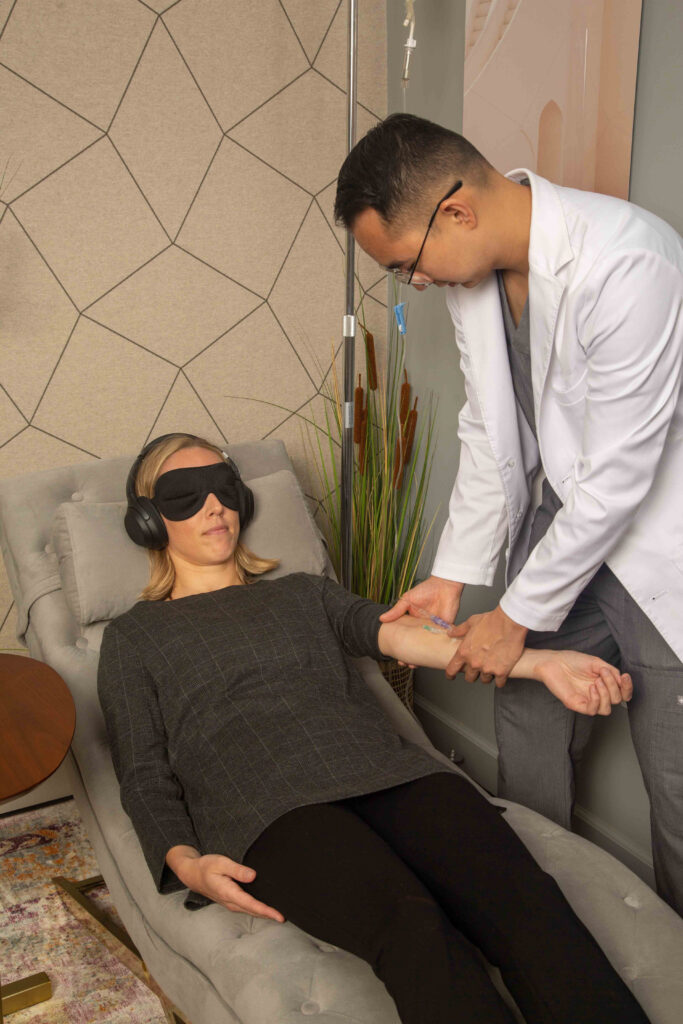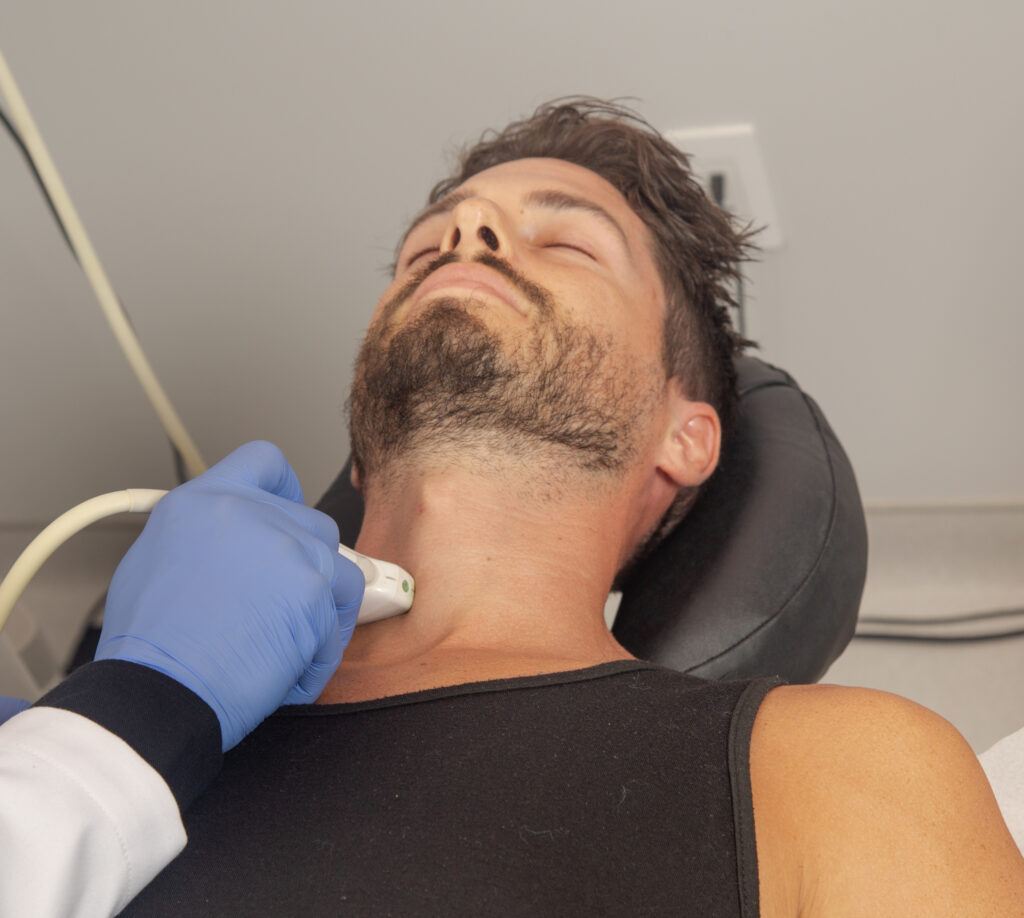Does your experience with depression qualify as treatment-resistant?
Healing from depression is never a simple journey. Depression is stubborn, fickle, and, even, shape-shifting. Not only can depression change course in individuals, it also lacks concrete universality—making it that much more complex of a puzzle. There are too many variables in the depression equation to deliver an easy answer.
First off, the catalysts for depression range wildly. Environmental stressors, underlying health conditions and, even, the aftermath of a traumatic event can lead to unrelenting sadness and despair. And if navigating a condition with infinite triggers is not already complicated enough, depression can also manifest differently in each body.
Because there is no magical, overnight pill that wipes away all traces of the blues, fighting to overcome depression can feel like constant experimentation.
What is depression?
Before we dig into the nuances of treatment-resistant depression, let’s define, first and foremost, what depression is. Again, the lines around depression can look less defined than other physical conditions that can be determined by bloodwork and MRI testing.
When someone is experiencing a low point, it can be tough to tell the difference between sadness and depression. Not understanding the subtleties may actually stop people from seeking support if they feel like their experiences don’t hold the same weight as other people’s struggles.
Sadness
Sadness is a healthy human emotion and a natural response to experiencing a loss in life. Yes, going through a bout of sadness can evoke hopelessness, regret, and low moods—similar to depression. But, sadness is usually an after-effect of a definable event, while depression’s origins may be more opaque.
Depression
Depression gives way to persistent loss of interest, hopelessness, feelings of worthlessness, and, in some cases, thoughts or attempts of suicide. Typically, practitioners will use a 2-week mark to delineate sadness from depression; if sadness and hopelessness continue for more than two weeks—without any inkling of improvement—following a loss, then someone may be diagnosed with depression. Unlike sadness, depression may not be tied to a specific, triggering event.
Common depression treatments
Many people spend years recalibrating SSRI dosages and working with a wide range of therapeutic approaches: behavioral, cognitive, psychodynamic, animal-assisted, expressive, and so on and on. And while it’s usually a good idea to explore alternate philosophies and practitioners to supplement primary treatments, an exhaustive and fruitless search often exacerbates depressive symptoms.
Recent studies estimate up to 30% of people live with depression that is resistant to medication. While this proliferation sounds defeating, quantifying and classifying treatment resistant depression can actually lead to new hope.
Typically, treatment-resistant depression is defined as a major depressive disorder that fails to respond to at least two antidepressant treatments that are tried separately for several weeks at a time.
We still don’t concretely understand why some individuals experience resistant-depression while others are highly responsive to traditional treatments. Some researchers think tachyphylaxis, or desensitization to medication over time, may play a role in the prevalence of these cases. But we still have to learn more about the biological repercussions of depression before we can draw any steadfast conclusions.
How do you treat treatment-resistance?
Once a case has been classified as treatment-resistant, doors to alternative treatment methods may open more easily. Treatments like ketamine IV infusions and Transcranial Magnetic Stimulation (TMS) are still relative newcomers in the mental health landscape. Often, mental health practitioners will only refer patients for these types of treatments once their cases are proven to be treatment-resistant.
TMS
TMS is a chemical-free, non-invasive magnetic pulse treatment that stimulates regions of the brain to regulate mood. This treatment can affect rapid relief from symptoms by working to reactivate the neural structures that depression has rendered dormant. Through re-establishing connections between different regions of the brain, TMS makes it possible to clearly receive neural signals and messages related to new thoughts and moods that break through the depressive loop. Further, the Accelerated TMS protocol, known as SAINT, brings rapid improvement to nearly 80% of patients with severe depression.
Ketamine
Ketamine’s potential to uplift resistant and severe depression cases is also becoming more widely recognized. Ketamine is a low-dose psychedelic infusion that elevates mood, and gives way to dissociation. This dissociative anesthetic also supports neuroplasticity in the brains and repairs the depression-damaged synapses that are integral to the brain’s ability to regulate mood and emotion. Ketamine can trigger a rapid response in the brain, with some patients noting improvement of depressive symptoms within 40 minutes of treatment.
It can be intimidating to try to discern sadness vs. depression and depression vs. treatment-resistant depression. If you think you are ready to try treatments beyond the scope of SSRI and psychotherapy, our team can help you determine how either of these treatments can uplift your life.


